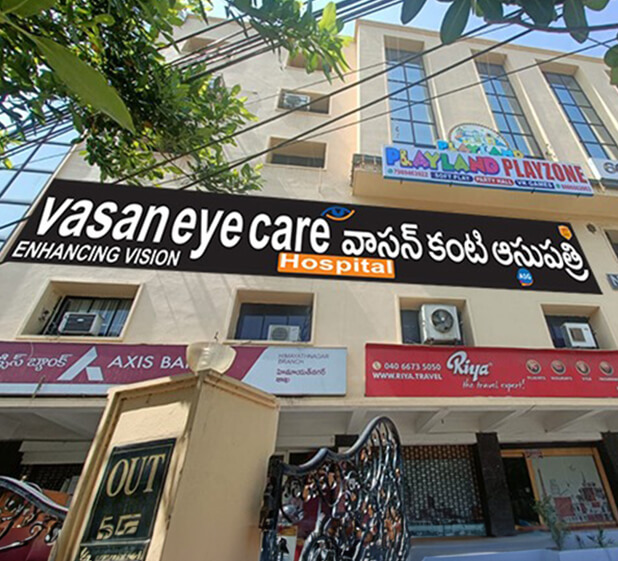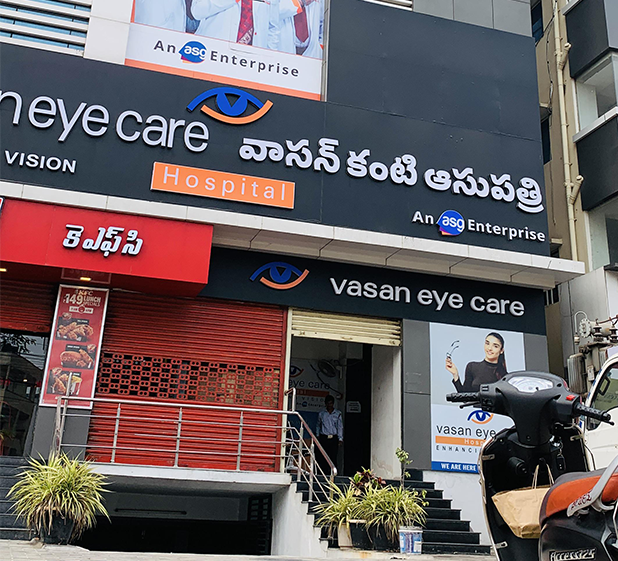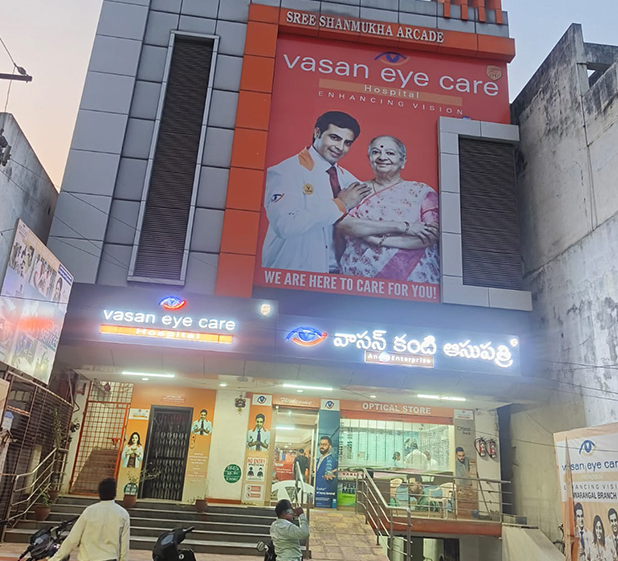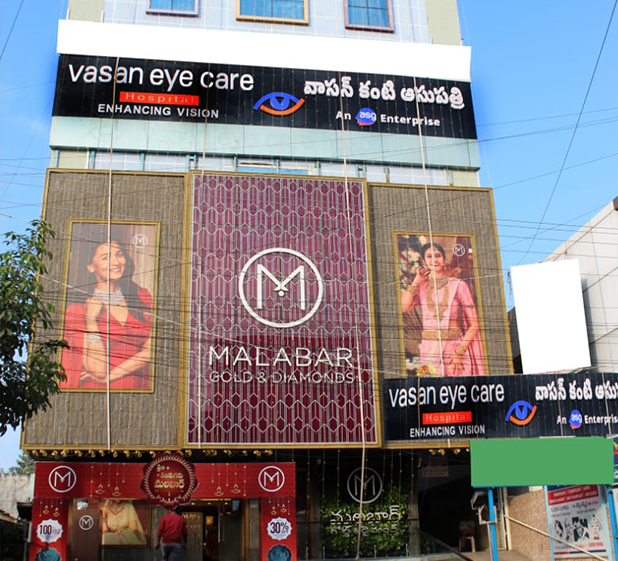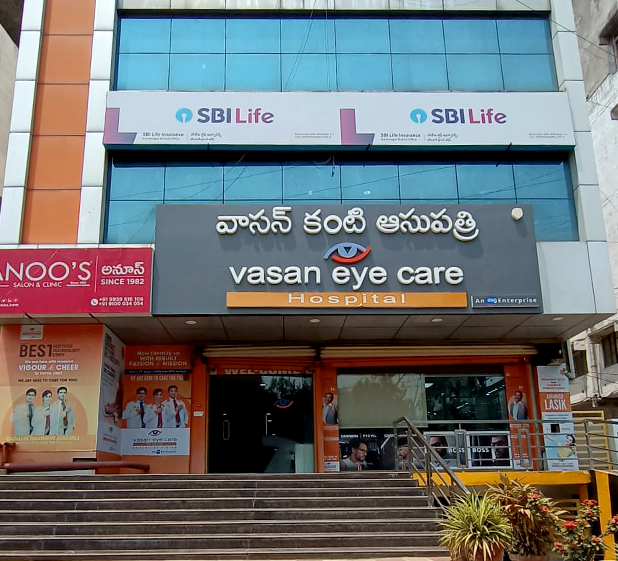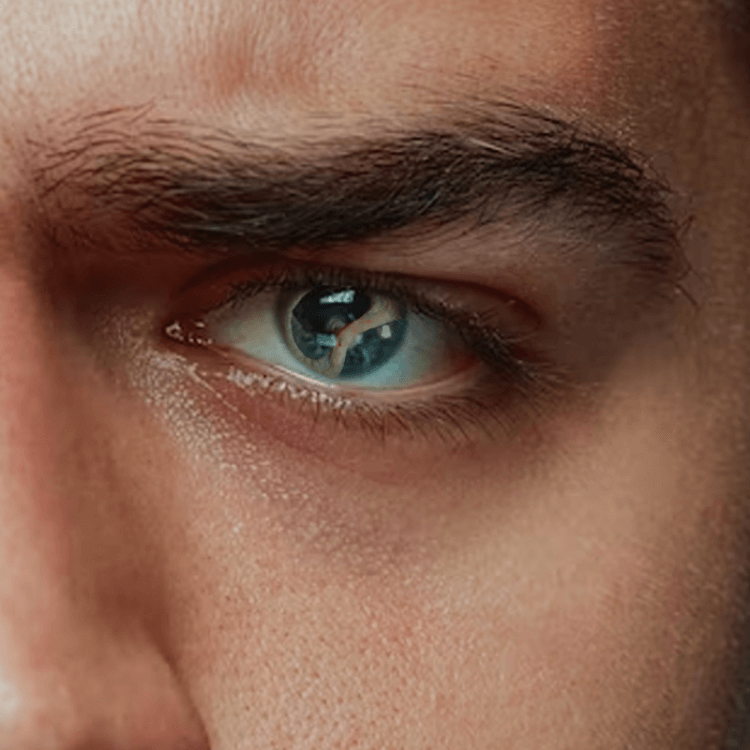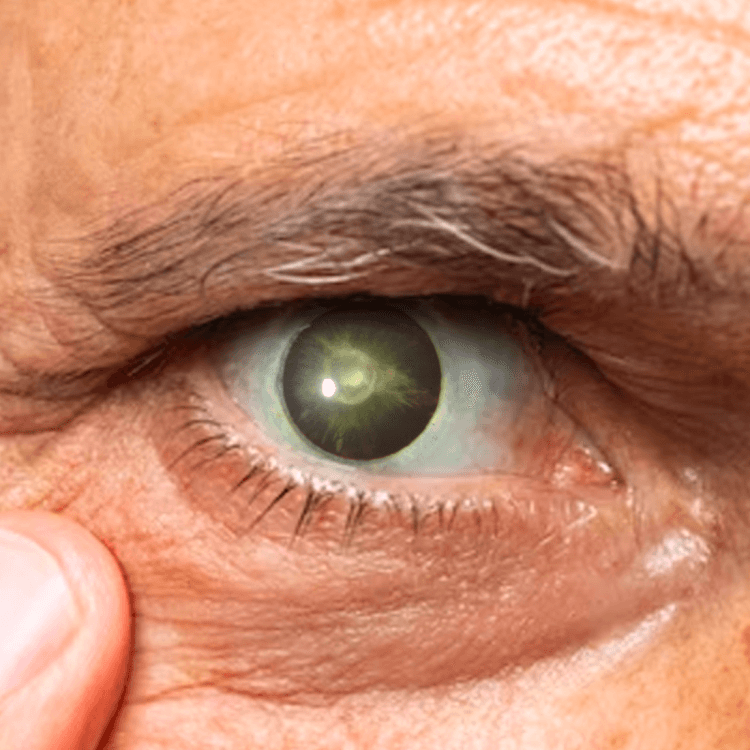
Rosette Cataract
What are Rosette Cataracts?
Rosette Cataract is a form of traumatic cataract caused by either blunt force trauma or penetrating eye injury, leading to clouding of the lens fibres that prevents clear image formation in the retina.
Risk Factors
Common causes of Rosette Cataracts


Eye injury
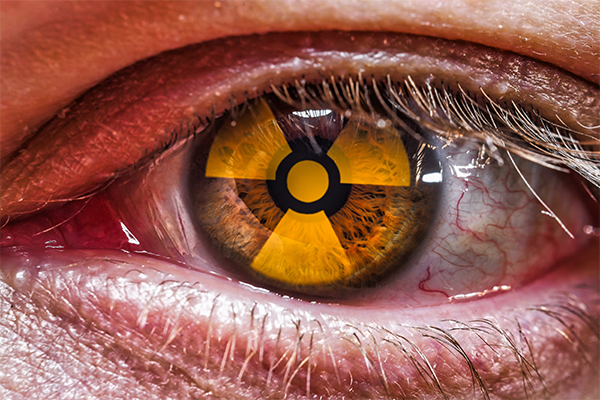
Radiation exposure
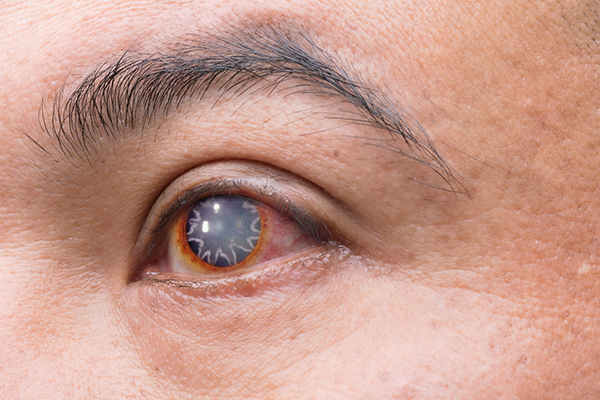
Electric shock
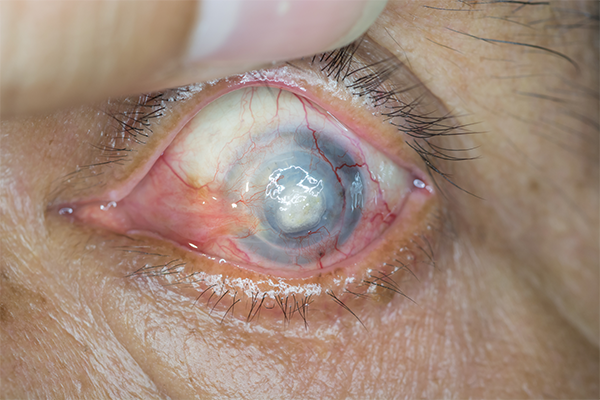
Chemical burns
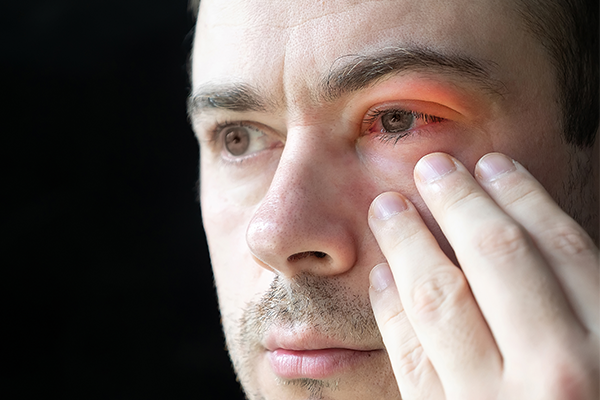
Cricket ball, shuttlecock injury
Treatments Available
Here’s how our experts treat Rosette Cataracts
At Vasan, Rosette Cataracts are best treated through surgery.
Phacoemulsification
Phacoemulsification surgery involves using an ultrasonic probe to break up the cataract and remove the lens material through a small incision (2-3mm). Then, a foldable intraocular lens (IOL) is implanted in the eye, restoring clear vision.
FAQs
Unexpected trauma cannot be avoided as it can be accidental, although some general prevention methods involve:
- Regular checkups: Routine eye exams can detect early signs of damage or blood leakage in or behind the eyes.
- Wear protective gear: Shield your eyes from external factors like sunlight or digital device UV rays. Opt for sunglasses, lenses, or glasses.
Rosette Cataracts can be categorised into 2 types based on the severity of the injury and the time duration between the cause and occurrence.
- Early Rosette Cataract: Develops in the anterior or posterior capsules, sometimes in both. Identified by small feathering lines of opacities and star-shaped suture lines on the retina.
- Late Rosette Cataract: Occurs deeper in the cortex and nucleus after a prolonged post-injury period. Sutural extensions are shorter and more compact compared to early stages.
Late Rosette Cataracts appear after a longer period post-injury, developing deeper in the cortex and nucleus of the posterior cortex. They have shorter sutural extensions and are more compact compared to early Rosette Cataracts.
Early Rosette Cataract form in the anterior or posterior capsules, sometimes in both at once.
Other Diseases
Know more about other Eye Diseases
Traumatic Cataract
Traumatic Cataract is the clouding of the lens due to eye trauma, either blunt or penetrative, which damages the lens fibres.
Posterior Subcapsular Cataract
Posterior Subcapsular is a type of cataract that begins as a small spot near the back of the lens and causes glare and halos around lights at night.
Cataract
Cataracts occur when the eye's natural lens becomes cloudy, causing vision to blur like looking through a foggy or dusty car windshield.

